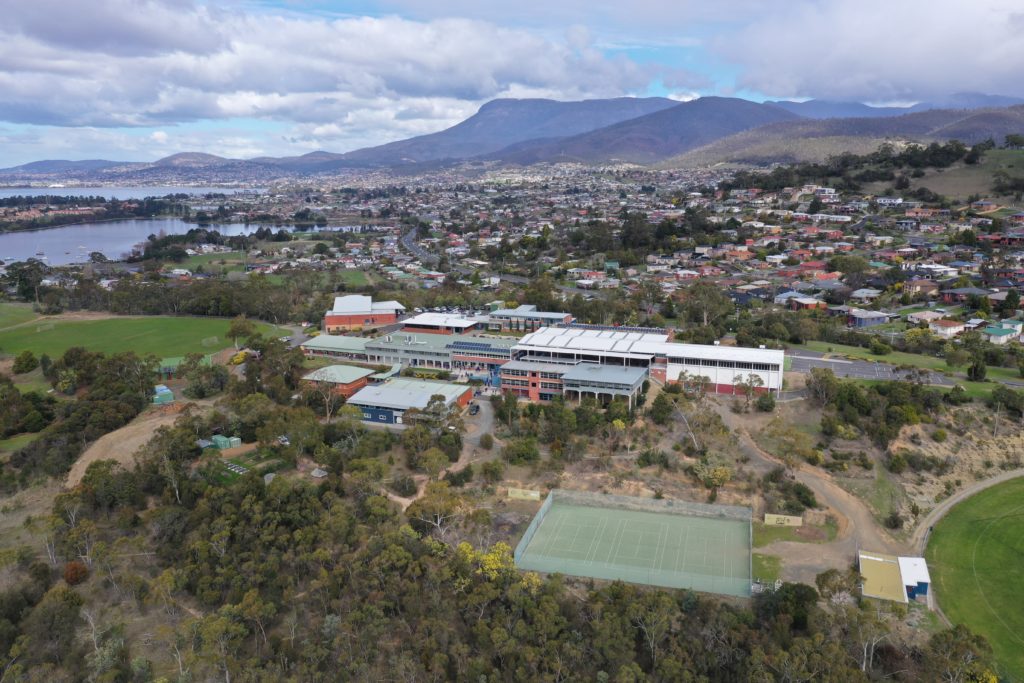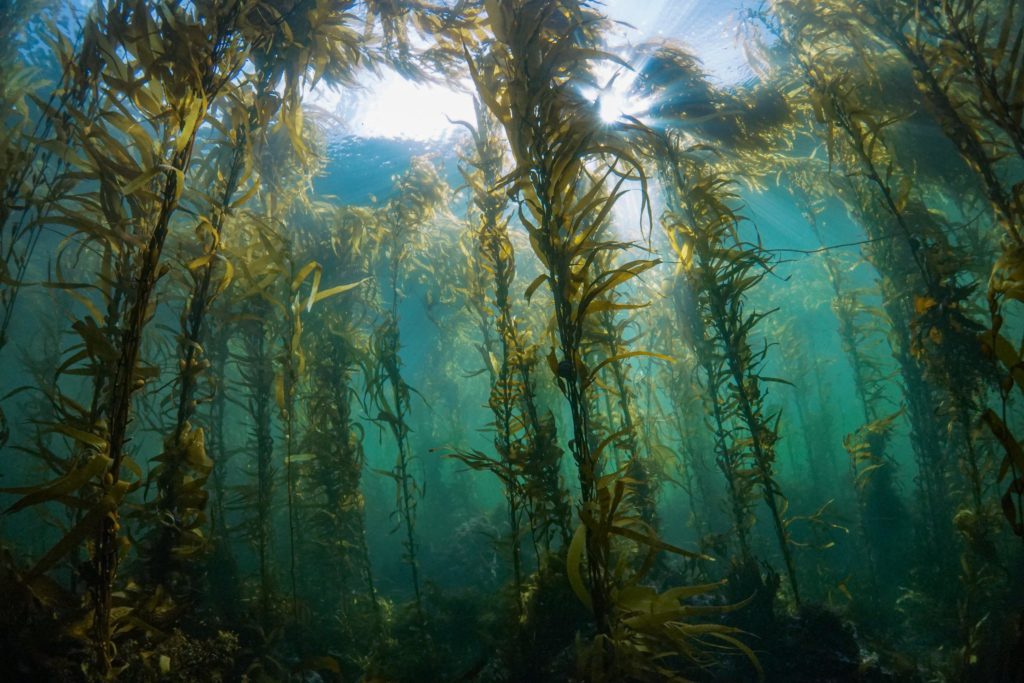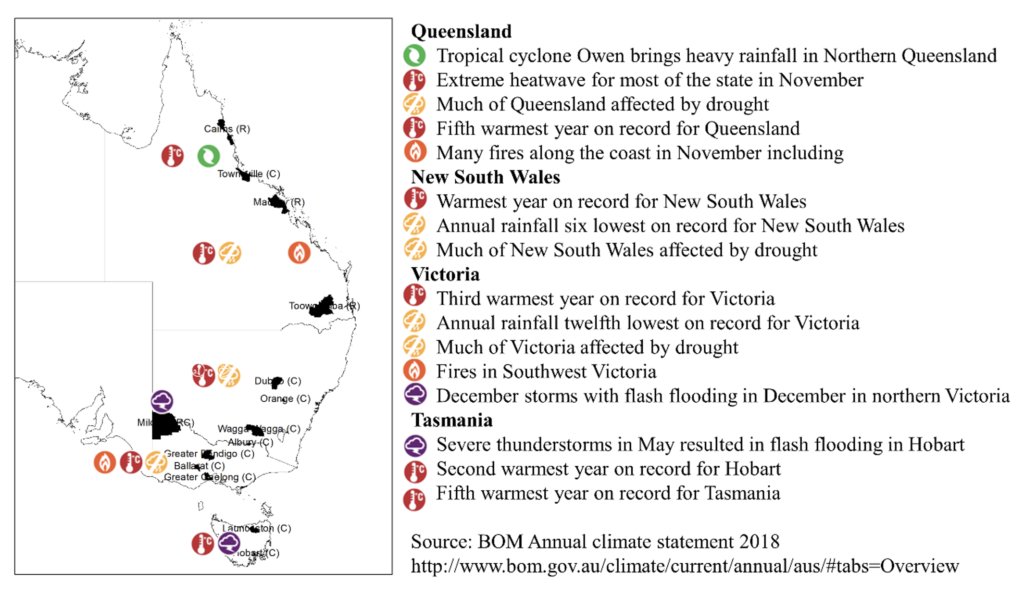St Virgil's College Grade 8

Our Questions
The food sector is a big contributor to greenhouse gases. Globally, a third of emissions come from the systems we use to produce, package and distribute food.
Think about all of the energy needed to power the machinery on farms, in factories, to transport food and to store it. This energy is almost all from fossil fuels so that is a big problem and an immediate thing to address, we could reduce emissions hugely if we switched to renewable energy.
As much as 10% of the food produced is wasted and food waste is another cause of emissions. The food sector is therefore a big part of greenhouse gas emissions and one that we can work towards improving, through reducing energy use, changing to renewables, and changing diets to reduce foods that take a lot of energy and inputs to produce, like meat.
We can also work to improve efficiency and energy use in our transport systems and reduce waste. The food sector is one of the most exciting areas to address climate change because there are lots of things that can be done and that can have positive benefits to, like reducing hunger or making food healthier. Things like supporting more locally produced and distributed food, not buying imported foods, supporting less packaging and less intensively produced food and reducing food waste.

Supermarkets are big players in this and are starting to think about how to be more sustainable and reduce waste. These are exciting developments and consumer demand has been a big part of this. So keep the pressure on! Thinking about what you eat and how it was produced and supporting the food producers who are doing their best to reduce emissions and producing locally is the best way to combat climate change.
Your question is very important to answer. I want to answer it because I have been interested in and worked on managing the interaction of people with the Earth for as long as I can remember. At your age, I was asking what the world was like before people and what difference we have made, good and bad. What a tough question. And 1.5 degrees does not seem like much, does it? Your question is so important that the Intergovernmental Panel on Climate Change (IPCC) devoted a whole special report of 630 pages in 2018 to this question. The answer I give is only a snippet of what you might wish to learn.
What does it mean to have a 1.5 degree Celsius temperature rise? This means that the average surface temperature (across all land, sea, and ice) of the Earth will have risen by 1.5 degrees since pre-industrial times. Pre-industrial times were times when the impacts people had on the Earth were very small and local to where they lived.
Because this is the average whole-Earth-surface temperature increase, the increase in average temperature will be different in different places – hot, dry areas will become hotter and drier. Cool, wet areas will become warmer and may either become drier or wetter depending on where they are. Frozen areas will become ice-free. The tropics will become places difficult to live in, for people, animals, and plants. The polar environments will reduce and may disappear in some places. This is happening now with the bleaching of coral reefs, the burning of rainforests, the drying of the continents and the reduction of ice-dependent systems, particularly in the Arctic and in the highest mountain ranges. And the sea level is rising. Thus, an average increase of the Earth’s temperature even before we reach 1.5 degrees can have wide ranging effects because of this variation around the Earth.
According to the IPCC, the Earth will not be doomed when the average temperature of the Earth goes past 1.5 degrees but, increasingly, life will become very different to what we are used to and, for many people, animals and plants, it will become very much harder to live (thousands of species are expected to go extinct as a result and many people will die). Our dreams and stories about life on the Earth will more and more become memories of past days rather than opportunities for experiencing in the future. But why would that be?
There are two very important factors to consider. The first is how rapidly and how far the sea level will rise. In Tasmania, many low-lying areas with townships (e.g. Kingston Beach) will become more frequently flooded, to the point when insurance companies will no longer insure houses for damage. Who will pay for those people to move their homes? Where will they go? More significantly, many low lying countries will become uninhabitable because of sea-level rise and floods. The people from those countries will need to move. How many millions of people will that be? Where will they go? Will they be helped to relocate? How understanding will the world be to people forced out of their homes?
The second factor is what a warmer atmosphere and ocean will do? Communities and livelihoods built on or around ice (permafrost, glaciers, snow) will reduce and possibly disappear. The IPCC has well established that the frequency and intensity of extreme weather events will increase. Increased storms and floods will compound the impacts of sea level rise as well as disrupt ports, coastal airstrips, roads, electricity grids and so on. But it is not just about storms and floods, it is also about heat waves and droughts. Hotter and longer heat waves will result in more people dying from heat stress. Longer and more frequent droughts will mean farms, grasslands and forests will become much drier and more difficult to sustain. This will lead to starvation and lack of water in many communities. In Australia, our Great Artesian Basin that gives water to so many of our rural communities will begin to dry up. Some of the more sensitive areas will be lost, like the Great Barrier Reef.
Limiting warming to 1.5 degrees will give us a greater chance of restoring the world to what we know and love. The greater the Earth warms the longer the impacts of that warming will last – rather than the effects of warming remaining until the end of the century it is likely to remain long after that time. Many scientists fear that if the Earth warms beyond 2 degrees then it may reach tipping points from which we cannot return to what we know. How can we believe this will happen when we have not experienced these levels of warming? The IPCC has well established mathematical models able to assess the nature of the climate, weather and state of the physical Earth system. These models have been tested in many ways to ensure they can be validly used to assess what the world will be like. These models then are used to determine what might happen to farms, forests, cities and ocean systems. For Tasmania, this has been done in a Climate Futures Tasmania project, which was one of the first projects globally to undertake these kinds of assessments to help communities and governments better plan and adapt to the future.
Can you believe these results? Ask your parents or grandparents how reliable the weather forecasts were during their childhood. Compare that to the forecasts we have now when we can plan at least four days in advance for what the weather will be like. These forecasts are based on atmospheric models, the same kind of models used for climate assessments.
Climate change is a major threat to Australia’s coastal marine ecosystems, such as kelp forests, seagrasses and coral reefs. Each of these habitats needs shallow sunlit waters to photosynthesise, and so they cannot move into deeper cooler waters to escape warming temperatures or migrate south like mobile animal species.
Some ecosystems are more ‘exposed’ to change than others. Warming does not occur at the same rate everywhere. Some regions like the Arctic and south-east Australia are warming very fast and therefore have ‘high exposure’ to climate change, whereas other regions are warming very slowly.
The other way we can tell how threatened a plant or animal is is to find out how close it is living to its ‘thermal tolerance limit’ - or the warmest temperature at which it can survive. A population living in a place that is already as hot as it can handle will not respond well to further warming. But if it is living in a place that is cooler than it can tolerate, it is more likely to survive. In Australian kelp forests for example, many of the same species can be found from Tasmania up to northern NSW. Tassie reefs sit at the cool end of this distribution. As a result, many species on Tasmanian reefs are likely to respond quite well to climate change for some time. In NSW by contrast, these same species are at the warm edge of their distribution, and so they may not survive any further warming in NSW.

Kelps, corals, seagrasses and mangroves are all examples of what we call ‘foundation species’. The loss of corals from a coral reef or kelps from a kelp forest fundamentally changes the ecosystem and species that it can support.
Globally, coral reefs are considered to be very threatened from climate change as they are already living close to the warm limits that corals can survive at. As a result, summer temperatures that 1-2ºC above a typical summer can lead to coral bleaching and death. Elsewhere in the world, kelp forest ecosystems are considered to be more tolerant to warming. In Australia, however, coral reefs, kelp forests and seagrass ecosystems have all been severely impacted by warming in different places.
We are experiencing climate change here and now. Some of the changes might be subtle things that we don’t readily notice – like small changes in average summer day time temperatures, or the number of extreme heat days a year. Each decade since 1980 has been warmer than the last - but often people don't remember how these things were different in the past - we suffer from ‘shifting baselines’ which means we only recollect what happened in the recent past like last week or last year as a comparison for what we experience today. This means that these subtle changes may be hard to notice.
Some of the changes we are experiencing are actually much more dramatic – these include extreme weather events like unusual and severe storms or prolonged heat waves. Each year in Australia we are breaking lots of records. The Bureau of Meteorology puts out a great annual summary that you can refer to but I created a map collating notable examples for 2018 that gives you an idea of the types of climate change impacts and events we are currently experiencing.

The impacts from these extreme events are being felt in different ways depending on who you are and where you live. But as examples – if your home is in a low lying coastal area the cost of flood insurance is often too high for the average home owner. And councils and state governments are considering planned retreats from the coast in terms of where they will support recovery from flood events versus where they will encourage home owners to move to as an alternative. Similar experiences are being felt in Australia’s fire prone city fringes where home owners have to monitor high fire danger index days and consider moving out of their homes on those days to protect themselves.

Other ways that individuals and families are already feeling the impacts are through their home environments. Many are finding their homes aren’t built for our new extreme heat days in summer and so they have to install air conditioners or run the AC for much longer periods of time resulting in substantial electricity bill increases. Individual, council, and state led adaptation measures are needed to make sure our built environments can cope with these changes from floods, fires, storms through to changes in heat.













